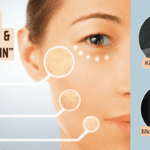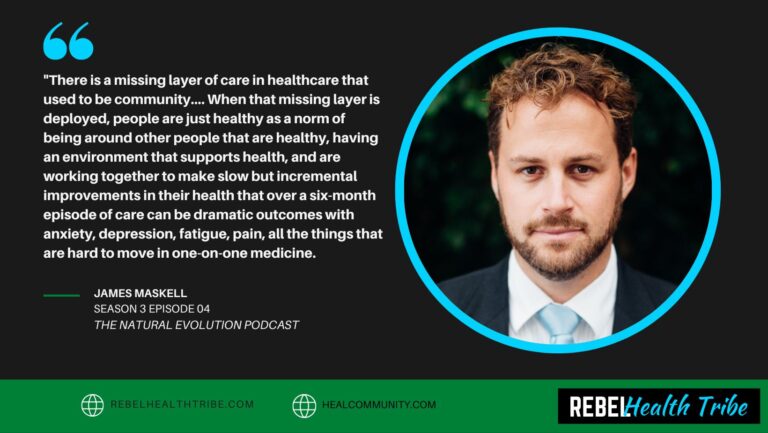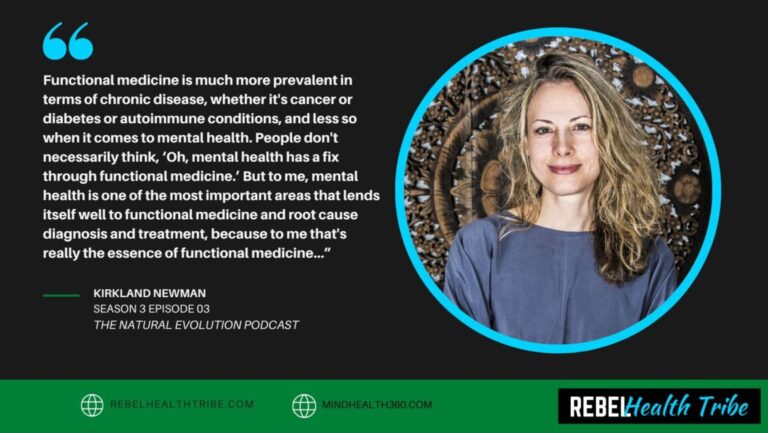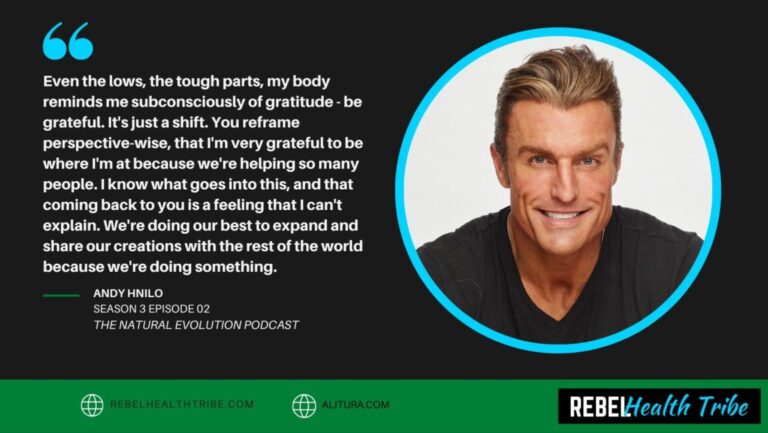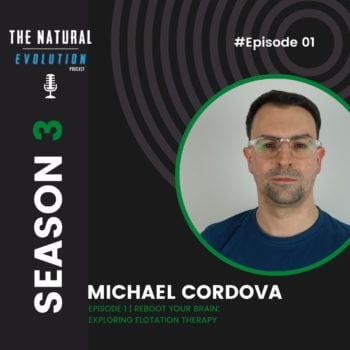
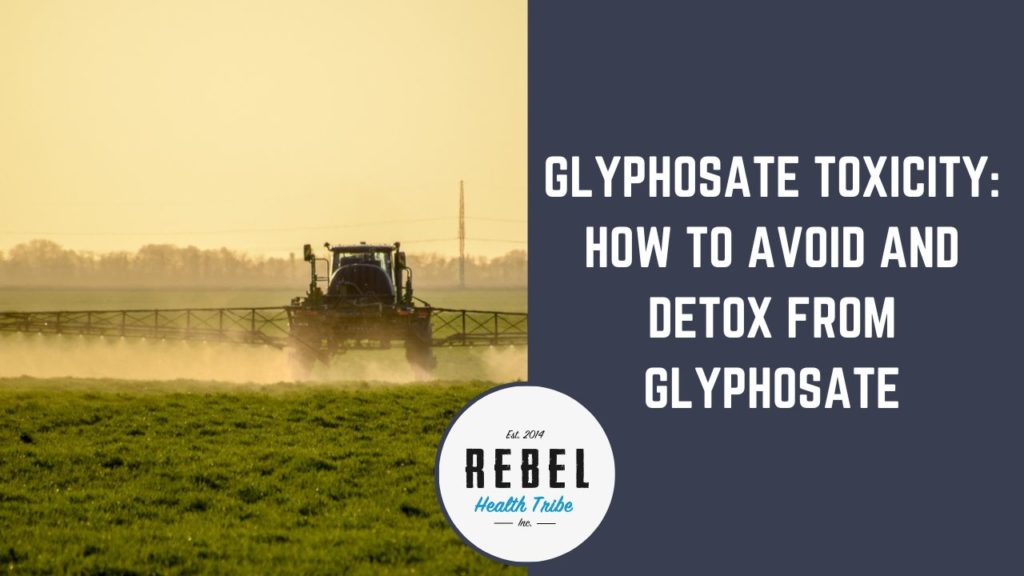
More Posts from
Toxicity & Detox Support
Sign Up & Receive the So You Think You Have Mold, Now What? PDF
Sign up with your name & email to receive the So You Think You Have Mold, Now What? PDF along with any future updates, content, and mold-related offers from RHT & Cathy Cooke!
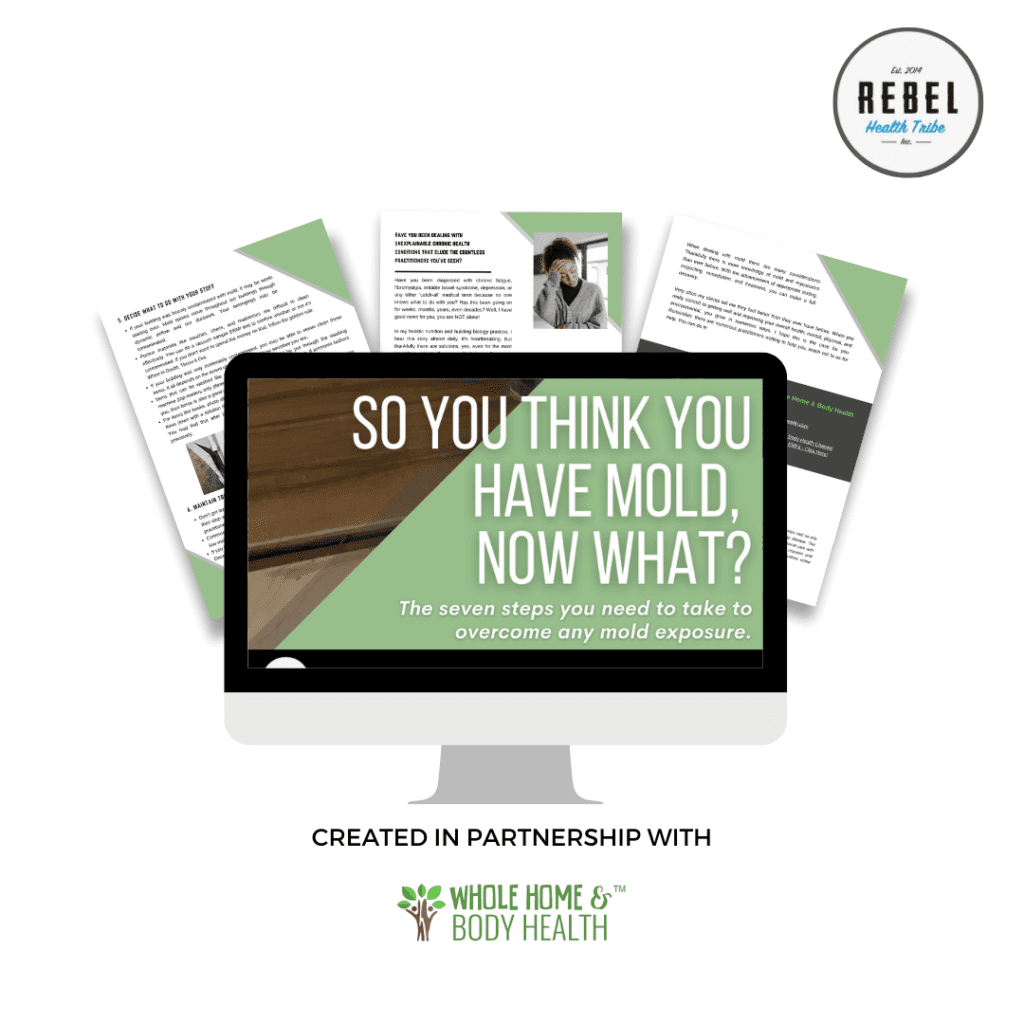
- Glyphosate Toxicity: How to Avoid and Detox from Glyphosate
We live in an increasingly toxic world. There are hidden toxins lurking everywhere we turn – in the food we eat, the water we drink, and even the air we breathe. One of these troublesome toxins that have been a growing concern over the years, is a compound known as glyphosate.
In this blog post we’re going to explore exactly what glyphosate is, the everyday places it might be hiding, its potential impact on your health, and most importantly – the steps you can take to protect yourself from this concerning compound.
What Is Glyphosate?
Glyphosate is what’s known as a broad-spectrum or non-selective herbicide – meaning it’s a chemical that “non-selectively” kills plants that are exposed to it. Glyphosate is a potent herbicide thanks to its ability to disrupt what’s known as the shikimic acid pathway – an essential metabolic pathway utilized by plants to produce specific compounds they rely on to survive.1,2
Where Glyphosate Is Used
Because glyphosate weed killer is a master at killing plants, it’s used extensively in agriculture to manage the growth and spread of weeds and other unwanted plants that can interfere with crop production. So one of the most obvious places you are likely exposed to glyphosate is in the food you consume.
Glyphosate in Food Supply
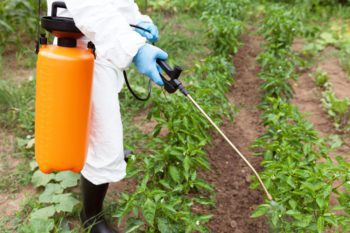
Glyphosate products are used regularly on just about every crop you can imagine including:3
- All kinds of vegetable crops
- Cereal and grains like oat, corn, and wheat fields
- Citrus, stone, and tropical fruits
- Herbs and spices
- Legumes
- Oil seed crops like canola and soybean
- Sugarcane fields
Glyphosate residue remains present on the surface and within these food crops – making its way directly into your body via the food you consume. But crops grown for human and animal consumption aren’t the only places glyphosate is used.
Other Places Glyphosate is Used
Weed killers with glyphosate are also used heavily in other industries to regulate the growth of unwanted plants such as:3
- Aquatic areas
- Commercial and paved areas
- Conservation land
- Forests
- Non-food tree crops – like Christmas trees or trees grown to be planted in residential areas
- Parks and ornamentals
- Pastures and rangeland
- Residential areas
- Rights of way
- Turf grass
- Wildlife management areas
This widespread use of glyphosate has resulted in glyphosate showing up in some unexpected places – like in human urine samples.
Glyphosate in Urine
The problem with glyphosate is that it doesn’t degrade or break down quickly – with levels persisting in the soil for months after application. To make matters worse, glyphosate is easily spread far and wide – weaseling its way into just about every nook and cranny of our environment. Glyphosate can end up miles from where it was originally sprayed through:4,5
- Wind drifts: Wind can spread freshly sprayed glyphosate for miles
- Water runoff: Glyphosate is a major water contaminant – with many regions in the United States containing significant levels of this herbicide
- Dust: Glyphosate attaches to soil particles and spreads further through wind and erosion – compounding contamination of our waterways and air
Glyphosate is literally everywhere. And thanks to our unavoidable exposure to this herbicide, studies have found that a whopping 80% of children and adults in the United States have detectable levels of glyphosate in their urine.6
So what kind of consequences can this near-constant exposure have on our health and what are glyphosate’s effects on humans?
Is Glyphosate Harmful to Humans?
The main concern with glyphosate is its ability to disrupt your body’s endocrine system – also sometimes referred to as your hormone system. Glyphosate is a well-known endocrine disruptor – mimicking, blocking, or interfering with your body’s hormones. While our body is well equipped to handle small levels of toxins, the elevated levels of glyphosate found in our modern world can quickly add up and cause glyphosate toxicity.
Glyphosate Toxicity
Elevated or prolonged exposure to glyphosate has been linked to a number of serious health conditions such as:7,8,9,10,11
- Birth defects
- Miscarriages
- DNA damage
- Autism
- Learning disorders
- Neurodegeneration and other cognitive disorders
- Kidney and liver damage
Glyphosate dangers also extend to another serious and sometimes deadly health concern – cancer.
Glyphosate and Cancer
Does glyphosate cause cancer? Glyphosate’s link to cancer has been hotly debated and fiercely disputed by proponents of this widely relied upon herbicide. But there are multiple studies that illustrate that glyphosate possesses some potent carcinogenic or cancer-causing properties. Specifically, glyphosate has been found to be highly:12,13,14
- Genotoxic: Genotoxicity refers to a substance’s ability to damage genetic information or DNA. By altering or disrupting cellular genetic coding, genotoxic substances can directly induce cellular mutation that can lead to the development of cancerous cells.
- Oxidative stress-inducing: Oxidative stress is the cellular damage induced by a prolonged imbalance between harmful free radicals and their elimination via antioxidants and other protective pathways. Sustained oxidative stress can cause significant damage to cell structure and functions – inducing DNA damage and/or mutations that can trigger the initiation and progression of cancerous cells.
More time and research will reveal just how significant the link between glyphosate and cancer really is.
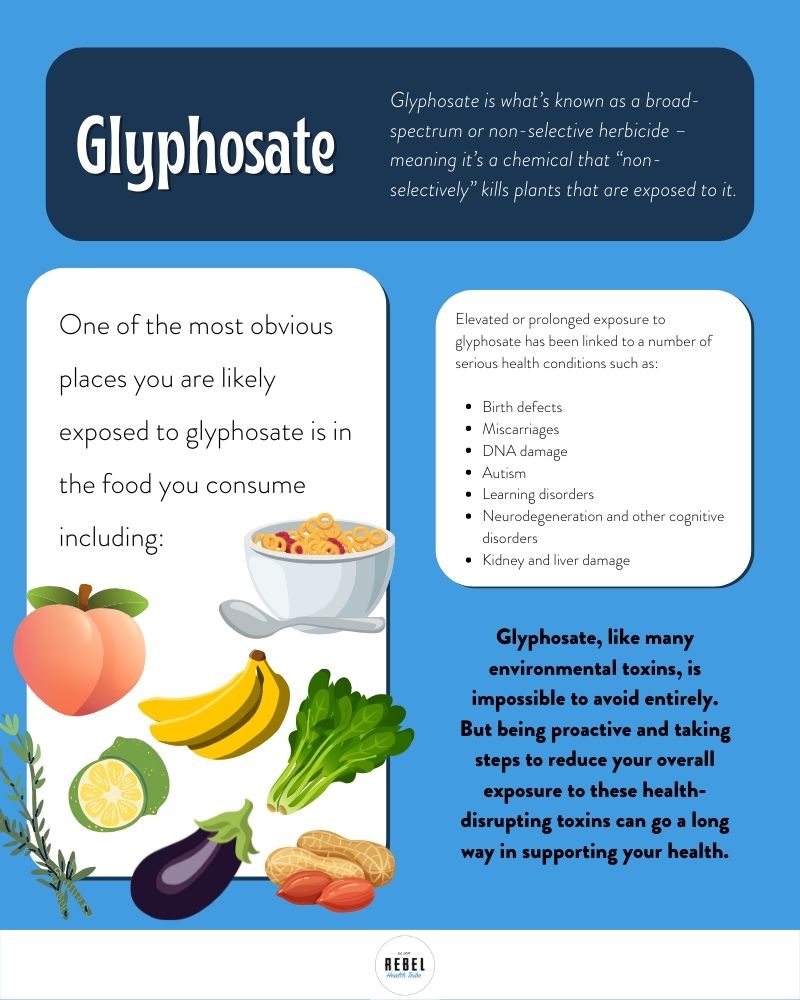
Glyphosate and the Gut Microbiome
What about glyphosate and gut health and glyphosate’s effect on gut bacteria? Well, glyphosate can indirectly disrupt your health by altering your gut microbiome. Remember, glyphosate is able to serve as such a potent herbicide thanks to its ability to interfere with plants’ shikimic acid pathway. As it turns out, plants aren’t the only organisms that rely on this pathway to survive.
Many bacteria and fungi utilize this crucial metabolic pathway – including many species that reside in your gut. Exposure to glyphosate can harm these beneficial bacterial and fungal species and drastically alter the makeup of your gut microbiome.15,16
This is problematic because more and more studies are finding that an imbalanced gut microbiome can directly contribute to the development of countless health conditions ranging from autoimmunity to obesity.
Are There Glyphosate Alternatives?
There are certainly alternatives to using glyphosate in agriculture and other industries. The problem is that many of these alternatives are less effective, less convenient, and/or more expensive to use in large-scale operations. The unfortunate truth is, the potential health impacts glyphosate may have are simply overshadowed by other factors that go into operating these industries.
While it may take more time and research to convince regulating agencies of the dangers of the widespread use of glyphosate, the good news is, there are some steps you can take to protect yourself.
How to Detox the Body from Glyphosate
Because glyphosate is used so extensively and can be spread through the environment, it’s impossible to avoid all exposure. Shielding yourself from the harmful effects of this glyphosate herbicide requires a two-pronged approach – minimizing exposure while simultaneously helping your body properly detox.
How to Avoid
The best way to avoid glyphosate-contaminated foods is to buy organic as often as possible. And this doesn’t just pertain to fruits and veggies. Glyphosate can be found in high concentrations in grains, nuts, animal products, and even beverages like coffee. So look for organic as often as you can.
And if possible, it’s always a good idea to purchase from small local farms. Because glyphosate can be so easily spread to neighboring crops, small, family-run farms are simply less likely to be contaminated with drifting glyphosate.
Glyphosate Free Foods
Unfortunately, even organic foods can potentially be contaminated with some level of glyphosate. So it’s always a good idea to wash the surface of any fruits or veggies you bring home. Here’s a simple and effective way to remove glyphosate and other pesticides from the surface of your produce:
- Fill a large bowl or a clean sink with cool water
- Mix in one teaspoon of baking soda for roughly every two cups of water
- Submerge produce for a minimum of two minutes – soaking up to 15 minutes is even more effective
- After soaking, rinse produce with fresh water
- Serve or store produce until ready to eat
While it can seem inconvenient and a little time-consuming, submerging produce in a water and baking soda mixture has been found to significantly reduce pesticide levels on the surface of your fruits and vegetables.
GlyphoDetox: How to Detox Your Body From Glyphosate and other Toxins
While taking steps to limit exposure to glyphosate and other harmful pesticides is a crucial step, it’s only part of the equation. Because it’s impossible to entirely avoid exposure to pesticides and other agricultural and environmental toxins, it can be highly useful to boost your detoxing pathways – enhancing your body’s natural ability to process, eliminate, and detox from glyphosate.

- Binding to free-floating toxins – preventing them from being stored in your tissues and allowing them to be safely excreted
- Nourishing one of your most vulnerable endocrine glands – your thyroid – so it doesn’t absorb these toxins
- Strengthening and supporting the integrity of your gut wall to promote nutrient absorption and prevent leaky gut
- Promoting a healthy and diverse microbiome
- Boosting antioxidant levels while encouraging the production of glutathione – the master antioxidant and master detoxification molecule
- Enhancing cellular function and energy production – allowing your cells to better block toxins from binding to receptor sites
GlyphoDetox is a simple and powerfully effective way to support natural detoxification of the inevitable environmental toxin exposures we all face. To learn more about the science behind how GlyphoDetox works, head over and check out our webinar replay with Dr. Isaac Eliaz, the formulator of this revolutionary product.
You can grab your own bottle of GlyphoDetox by clicking right here. You can even get 10% off your first order by clicking right here.
The Bottom Line When It Comes to Glyphosate
Glyphosate, like many environmental toxins, is impossible to avoid entirely. But being proactive and taking steps to reduce your overall exposure to these health-disrupting toxins can go a long way in supporting your health. While the steps outlined in this article are a good place to start, they’re only scratching the surface when it comes to addressing environmental toxins.
If you want a shortcut to simplify the process of creating a cleaner, less-toxic lifestyle, we’ve got you covered. In our RHT Clean Living Guide, we break down the most high-Impact shifts you can make to reduce your exposure in our increasingly toxic world. Click here to download your free RHT Clean Living Guide and receive a coupon for 10% OFF your first purchase in the RHT shop!
Resources:
- Glyphosate General Fact Sheet (orst.edu)
- Shikimic Acid Pathway – an overview | ScienceDirect Topics
- Glyphosate | US EPA
- The evidence of human exposure to glyphosate: a review | Environmental Health | Full Text (biomedcentral.com)
- Glyphosate: Its Environmental Persistence and Impact on Crop Health and Nutrition – PMC (nih.gov)
- Cancer-causing herbicide found in 80% of US urine samples (beckershospitalreview.com)
- Glyphosate infiltrates the brain and increases pro-inflammatory cytokine TNFα: implications for neurodegenerative disorders | Journal of Neuroinflammation | Full Text (biomedcentral.com)
- Pesticides – Reproductive Health | NIOSH | CDC
- Frontiers | Glyphosate Herbicide: Reproductive Outcomes and Multigenerational Effects (frontiersin.org)
- Microsoft Word – 3139.doc (nj.gov)
- Maternal glyphosate exposure causes autism-like behaviors in offspring through increased expression of soluble epoxide hydrolase – PMC (nih.gov)
- A Review and Update with Perspective of Evidence that the Herbicide Glyphosate (Roundup) is a Cause of Non-Hodgkin Lymphoma – ScienceDirect
- A comprehensive analysis of the animal carcinogenicity data for glyphosate from chronic exposure rodent carcinogenicity studies | Environmental Health | Full Text (biomedcentral.com)
- Oxidative Stress in Cancer Therapy: Friend or Enemy? – Azmanova – 2022 – ChemBioChem – Wiley Online Library
- Glyphosate may affect human gut microbiota — ScienceDaily
- Low-dose exposure of glyphosate-based herbicides disrupt the urine metabolome and its interaction with gut microbiota | Scientific Reports (nature.com)
Sign Up & Receive the So You Think You Have Mold, Now What? PDF
Sign up with your name & email to receive the So You Think You Have Mold, Now What? PDF along with any future updates, content, and mold-related offers from RHT & Cathy Cooke!

Toxicity & Detox Support Products
Get Social
Recent Podcasts
Recent Courses
Build Your Resilient Gut
An Exclusive Course with 10 Years of Microbiome
Kiran’s Professional Training Vault
If you’ve ever wanted all of Kiran’s best
Toxicity & Detoxification Masterclass 2024
The toxicity and Detoxification Masterclass covers a wide
Brain & Nervous System Masterclass 2024
19 Leading Experts Share Cutting-Edge Science, Effective Practices,
Autoimmune Masterclass 2024
Autoimmune Masterclass brings together 17 of the world’s
Get the RHT Newsletter
Be the first to get access to special offers, new podcasts, courses, products and events from Rebel Health Tribe.
Facebook
Twitter
Pinterest
LinkedIn
Reddit
WhatsApp
Telegram
StumbleUpon
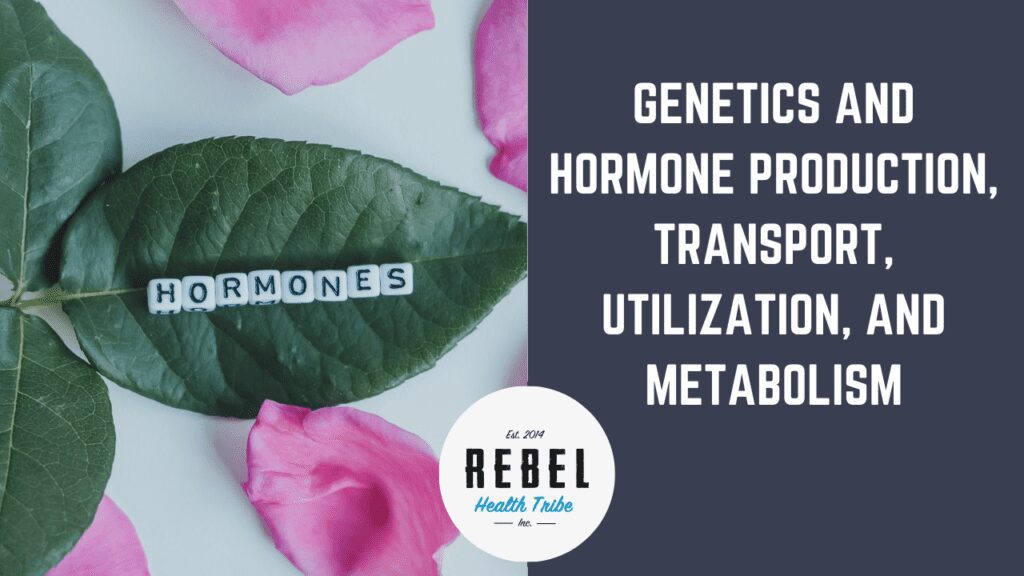
Genetics and Hormone Production, Transport, Utilization, and Metabolism
Our genetics play a larger role in our hormones than most people think. Obviously, diet, lifestyle, and environment are the
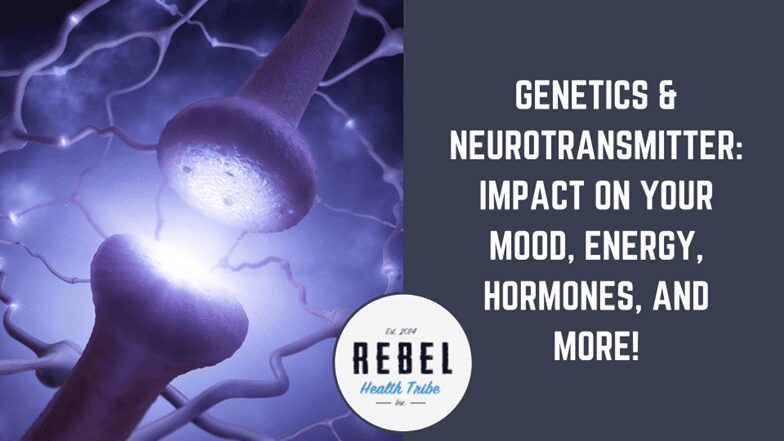
Genetics & Neurotransmitters: Impact on Your Mood, Energy, Hormones, and More!
Have you wondered why an antidepressant didn’t work for you? Have you ever wondered where your anxiety is coming from

Genetics and Detoxification: Your genes are key to knowing what detox protocol will best suit your body.
https://vimeo.com/821487331 If you’ve ever bought a detox kit off a shelf or felt considerably worse while doing a detox,
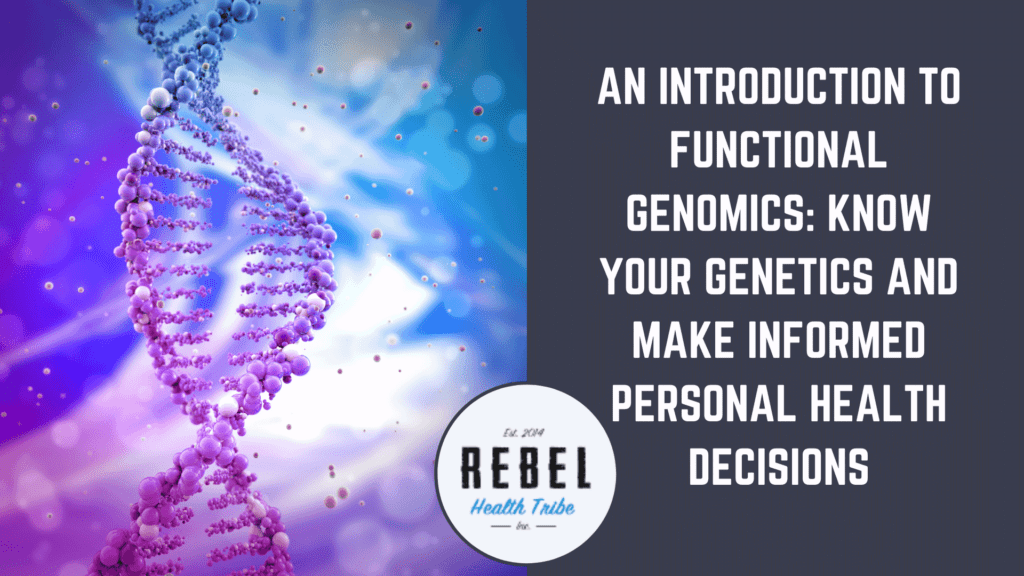
An Introduction to Functional Genomics: Know Your Genetics and Make Informed Personal Health Decisions
https://vimeo.com/821487068 The desire to know how your genes are affecting your health is rapidly growing. Many people are getting genetic



